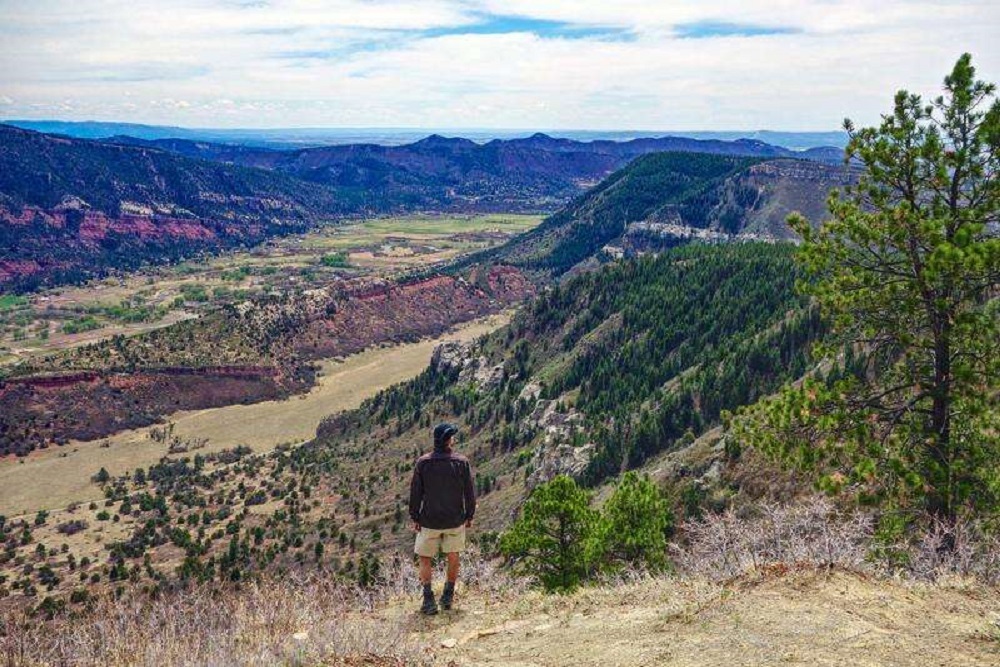The Bureau of Land Management Tres Rios Field Office plans to conduct a prescribed fire treatment on Animas City Mountain located within the Durango area this spring. Beginning April 16, firefighters will be finalizing preparation of containment lines and plans for the burn.
Depending on weather conditions and firefighter availability, the BLM expects the prescribed burn to occur as early as late April of 2022 and take place over two to three days to burn up to 494 acres. The BLM intends to ignite the burn units using a combination of ground and aerial resources and will patrol the burn until extinguished. To ensure public and firefighter safety during project implementation, there will be a brief closure of Animas City Mountain, including City trailheads/access points. The BLM expects to use designated trails as containment lines. The two northern most units will not be burned in the spring to protect nesting Peregrine Falcons.
“This planned burn is a meaningful step forward in improving ecosystem resiliency, enhancing wildlife habitat, and reducing the potential for catastrophic fire on BLM managed public lands in the Durango area,” said Tres Rios Field Manager Connie Clementson. “We ask for the community’s patience as we work collaboratively with our partners to implement this important treatment which will help maintain the unique quality of life so many enjoy in Southwest Colorado.”
Prescribed fire mimics natural processes but under certain weather and vegetative conditions, improves forage for wildlife, increases plant diversity by creating breaks in the understory where grasses and flowers can thrive, and effectively reduces hazardous fuel while enhancing woodland health.
The project is part of the BLM’s ongoing commitment to protect human health and safety while maintaining or enhancing forest and woodland health and functionality. To make this project a success, the BLM is in close coordination with the federal, county, and local government as well as non-governmental organizations, emergency managers, fire departments, public health officials, and state smoke regulators.
Original source can be found here.






